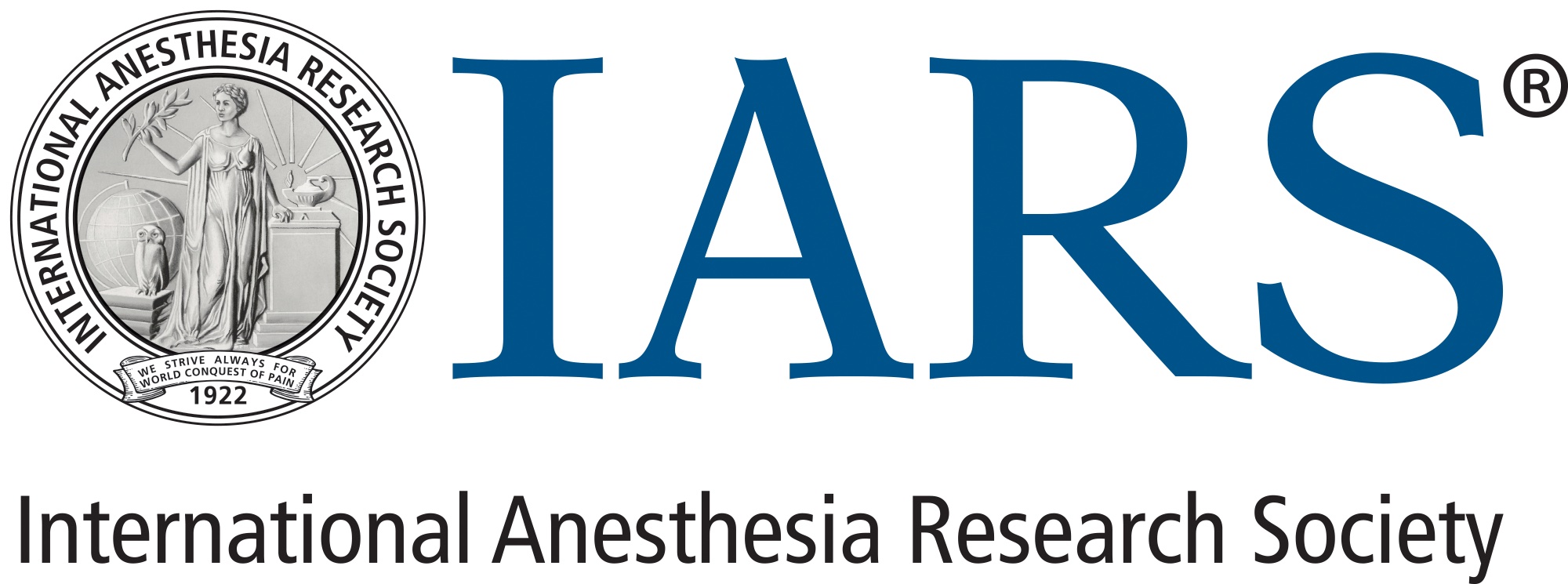 Tyler Law, MD, MSc
Tyler Law, MD, MSc
The Regents of the University of California, San Francisco
San Francisco, CA
Dr. Law’s Research
Prediction of Pulse Oximeter Bias Using Machine Learning
Abstract: Pulse oximeters are essential to assess oxygen saturation (SpO2) and make clinical decisions. Many factors may affect the reliability of the SpO2 measurement, and skin color has received particular attention recently for its equity implications: dark skin often leads to higher SpO2 readings, especially at lower saturations. However, other factors such as patient perfusion and device manufacturer can all play a role. This complexity can be challenging for clinicians to interpret and could lead to harm if SpO2 is not recognized. Several issues make unraveling this problem challenging. These include the availability of clean, high-resolution, temporally matched SpO2 and arterial oxygen samples from which to assess bias, the lack of objective measurements of skin color, proprietary manufacturer algorithms, and the challenge of assessing the complex interplay of these factors on a clinically meaningful timescale. Dr. Law hypothesizes that AI/ML can be used to model bias, and therefore generate bias-corrected SpO2 estimates. Using existing data from his Hypoxia Research Lab, Dr. Law will train a supervised ensemble machine learning model (Super Learner) on controlled desaturation studies to predict the bias-corrected SpO2. Dr. Law will then use the true arterial oxygen saturation as outcome, and adjust for the SpO2 and other physiological parameters (including unprocessed photoplethysmogram recordings) and patient characteristics (including the skin color, objectively measured via spectrophotometer and reported as Individual Typology Angle ITA). The model will be externally validated on matched SpO2/arterial saturation samples from recent clinical trial data including ITA measurements. Finally, this model will be prospectively applied in the laboratory to provide real-time estimations of the bias-corrected pulse oximetry. The results will take steps to address the problem of SpO2 bias, and help ensure that clinicians have accurate data available with which to treat patients.
International Anesthesia Research Society
